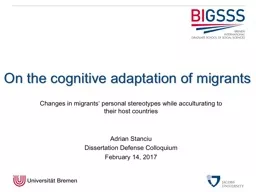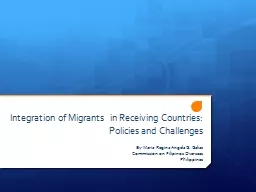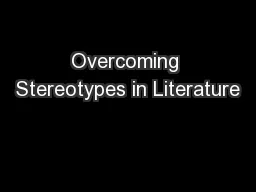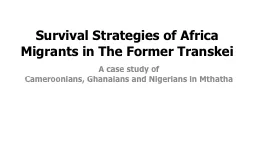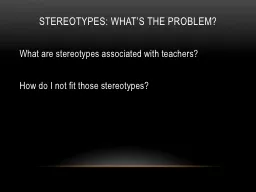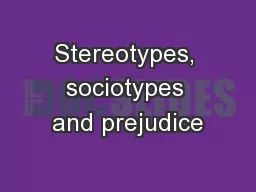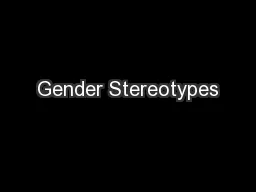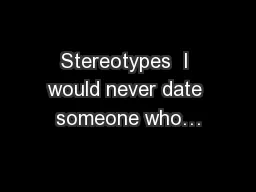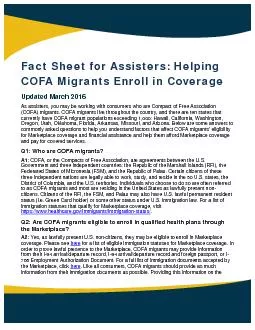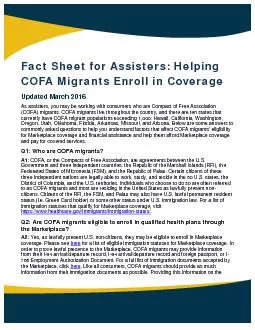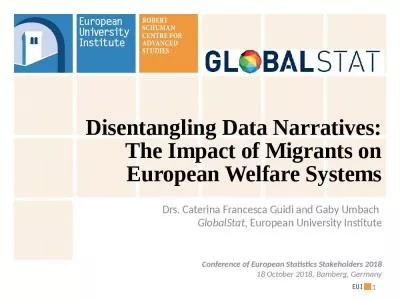PPT-Changes in migrants‘ personal stereotypes while acculturating to their host countries
Author : trish-goza | Published Date : 2019-12-02
Changes in migrants personal stereotypes while acculturating to their host countries Adrian Stanciu Dissertation Defense Colloquium February 14 2017 On the cognitive
Presentation Embed Code
Download Presentation
Download Presentation The PPT/PDF document "Changes in migrants‘ personal stereoty..." is the property of its rightful owner. Permission is granted to download and print the materials on this website for personal, non-commercial use only, and to display it on your personal computer provided you do not modify the materials and that you retain all copyright notices contained in the materials. By downloading content from our website, you accept the terms of this agreement.
Changes in migrants‘ personal stereotypes while acculturating to their host countries: Transcript
Download Rules Of Document
"Changes in migrants‘ personal stereotypes while acculturating to their host countries"The content belongs to its owner. You may download and print it for personal use, without modification, and keep all copyright notices. By downloading, you agree to these terms.
Related Documents

